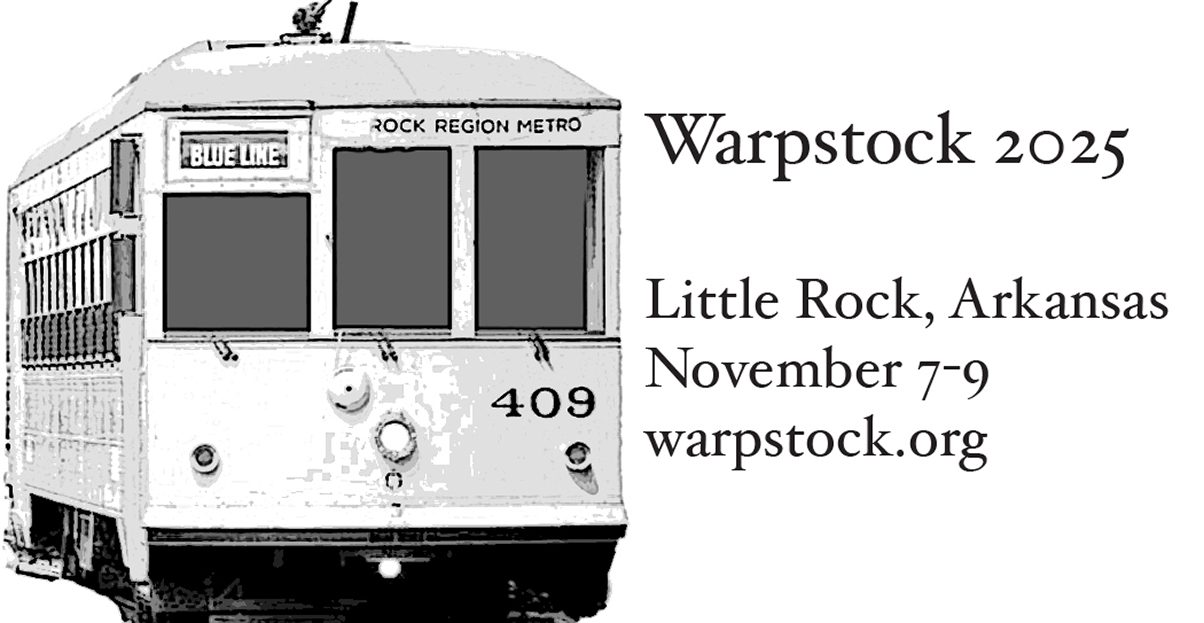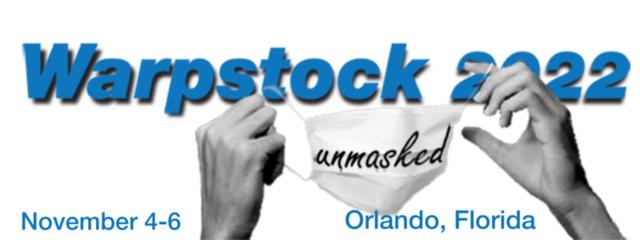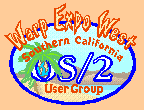SCOUG-Programming Mailing List Archives
Return to [ 26 |
November |
2006 ]
Content Type: text/plain
In PL/I and SL/I the element is king. All (every) operations
occur on an element-by-element basis. This allows us, for
example, to initialize an array (aggregate):
dcl a (3,10) fixed bin (15) signed static;
a = 0;
an element;
dcl a fixed dec (7,2) static;
a = 0;
or a structure (aggregate):
dcl 1 a,
2 b fixed bin (31),
2 c fixed dec (5,2),
2 d,
3 e char(5);
a = 0;
This last example illustrates the strong typing of PL/I coupled
with default arithmetic to character conversion of 'e'. It
would have done the same in the reverse direction, character
to arithmetic, if we had written "a = '0';" in each instance.
In the examples of the array and structure 'a' is a group name.
In all three assignment statement instances the operation
occurs on an element-by-element basis whether aggregate or
element expression. In the structure example above 'a' and 'd'
are group names (with 'd' a sub-group within a) and 'b', 'c',
and 'e' are element names.
The importance of this lies in PL/I's consistency in following
the element-by-element processing whether element or
aggregate, the respect for element boundaries. Couple this
with implicit, default conversions among arithmetic (binary,
decimal, and real (float)) and string (bit and character) while
otherwise adhering to strong typing.
COBOL on the other hand has one rule for a MOVE statement
involving elements and another involving group (structure)
names. It has no ability to MOVE array aggregates except an
element at a time (the same restriction as C).
Moreover elements within an aggregate have have two
possible correspondence, position (order within an aggregate,
array or structure) and name (structure only). A COBOL MOVE
with a group name assigns a source to a target field without
concern for underlying element differences. Thus it does not
do a position-to-position (element-by-element) assignment as
does PL/I. Thus it becomes the programmer's responsibility to
insure correctness.
COBOL has a MOVE CORRESPONDING which does a structure
assignment on element names within differing group names.
PL/I does the same with the BY NAME clause in the assignment
statement. In COBOL the MOVE and MOVE CORRESPONDING on
group names behave differently. The "casual" reader on
seeing CORRESPONDING has no clue as to which of position or
name applies.
The point here is that PL/I has only one rule, an
element-by-element operation, regardless of the involvement
of an element or group name in an expression. You can in
PL/I use a builtin function, 'string', applied to a group name
that allows it to perform as the COBOL MOVE with a group
name. Notice that the 'string' builtin function allows the
programmer to "override" PL/I's normal operation on group
names by effectively requesting its treatment as an element
name. Even here the element-by-element operation applies.
PL/I also supports array cross-sections like rows and columns.
For example, consider "dcl able (3,10) fixed dec (7,2);". We
can initialize it to zero: "able = 0;". Imagine that we use row
one to store minor; two, intermediate; and three, major totals.
When we get a minor "break" we can roll its totals into the
intermediate: "able(2,*) += able(1,*);" and reset the totals in
row one to zero; "able(1,*) = 0;". When we get an
intermediate break we can roll the minor totals and the
intermediate totals into the major row:
"able(3,*) = able(1,*) + able(2,*);". And reset rows 1 and 2
to zero: "able(1,*), able(2,*) = 0;". The same cross section
ability extends to all higher dimension arrays (3 or greater).
Then we can have arrays of structures and structures of
arrays or any combination thereof. We have strong typing
with default conversions between arithmetic types (binary,
decimal, float, supporting both floating decimal and binary),
between string types (character and bit, fixed and variable
length), and between arithmetic and string, anyone of which
the programmer can override with builtin functions.
Then finally we can have operations on elements and
aggregates in any combination in an expression.
=====================================================
To unsubscribe from this list, send an email message
to "steward@scoug.com". In the body of the message,
put the command "unsubscribe scoug-programming".
For problems, contact the list owner at
"postmaster@scoug.com".
=====================================================
Return to [ 26 |
November |
2006 ]
The Southern California OS/2 User Group
P.O. Box 26904
Santa Ana, CA 92799-6904, USA
Copyright 2001 the Southern California OS/2 User Group. ALL RIGHTS
RESERVED.
SCOUG, Warp Expo West, and Warpfest are trademarks of the Southern California OS/2 User Group.
OS/2, Workplace Shell, and IBM are registered trademarks of International
Business Machines Corporation.
All other trademarks remain the property of their respective owners.
| 







